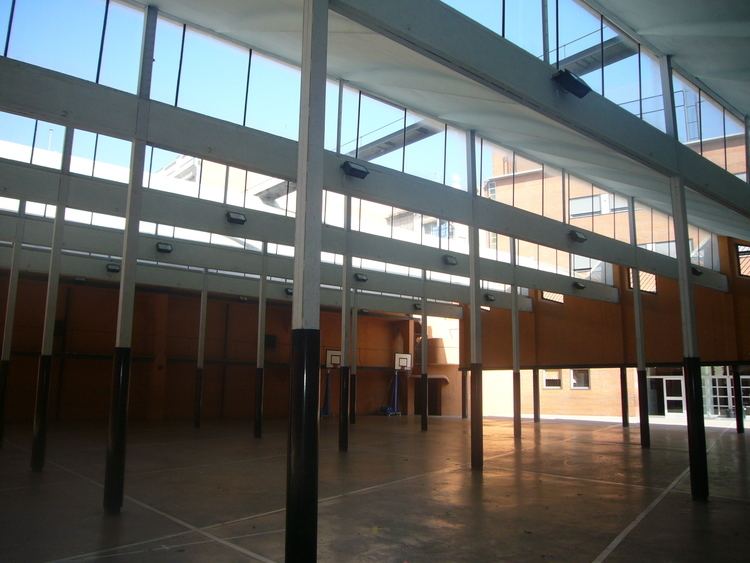Nationality Catalan Occupation Architect | Name Josep Jujol Role Architect | |
 | ||
Buildings Casa Batllo, Casa Mila, Park Guell Structures Park Guell, Casa Batllo, Casa Mila, Casa Negri Similar People Antoni Gaudi, Joan Rubio, Francesc Berenguer i Mestres, Eusebi Guell, Domenec Sugranes i Gras | ||
Josep maria Jujo, an architect
Josep Maria Jujol i Gibert ([ʒuˈzɛb məˈɾi.ə ʒuˈʒɔɫ]; 16 September 1879 – 1 May 1949) was a Catalan architect. Jujol's wide field of activity ranged from furniture designs and painting, to architecture. He worked with Antoni Gaudí on many of his most famous works. Among Jujol's projects are Casa Batlló, Casa Milà, Park Güell, and Our Lady of Montserrat, and among his design styles are Modernisme and Art Nouveau.
Contents
- Josep maria Jujo an architect
- Josep maria jujol archite by rosa de la fuente
- Early life
- Barcelona
- Independent work
- Death
- Works
- Gallery
- References

Josep maria jujol archite by rosa de la fuente
Early life

Josep Maria Jujol was born in Tarragona where he lived until age 9. He was the son of Andreu Jujol, a school director, and of Teresa Gibert i Vives. He was born on the top floor of the public school, Sant Joan, where his father worked. He began to draw at an early age, and always had an admiration for nature. According to his biography, he would roam the hills of Tarragona and its Roman ruins. They lived at the school for nine years before his father was transferred in 1888 to Carrer Zurbano in Gràcia, which is now integrated into the City of Barcelona.
Barcelona

Jujol's father was transferred once again in 1893 to the City of Barcelona. There Jujol began to walk the medieval district, developed an admiration for gothic architecture and began to draft the buildings. The family moved to the Gran Via in the Eixample District of Barcelona, where he experienced modern and modernist buildings. In 1901, he was accepted in the Architectural program in Barcelona. While attending school, he first worked with Antoni Maria Gallissa i Soqué (Don Antoni), whom he admired as a person and an architect. His first project was a commission for Don Antoni to decorate the street called Carrer Fenen for the Mercè Festival (Festes de la Mercè). Jujol had to create the metal frames and stained glass windows. He continued to work for Don Antoni until 1903. He then began to work in the studio of Josep Font i Gumà. Where he collaborated with him on the Trinity altar in the Basilica de Santa Maria del Mar. In his spare time he completed plans for an amusement park that was to emulate the solar system. The plan was never revived.
Independent work

In 1906 he received his certificate as an architect and was able to work on his own. One of his first projects was to decorate Don Antoni's entrance stairway with his trademark sgraffito.

Jujol became acquainted with Antoni Gaudí through their mutual friend, Dr. Santaló. Gaudí soon worked in partnership with Jujol. Their first project together was Casa Batlló. It is speculated in Jujol's biography that he had a great influence on Gaudí's use of colour and shapes. However, this is not for certain. In any case, Gaudí had great respect for Jujol's views and entrusted him as a collaborator on his projects for many years.
Death
Jujol died at Barcelona in 1949.
